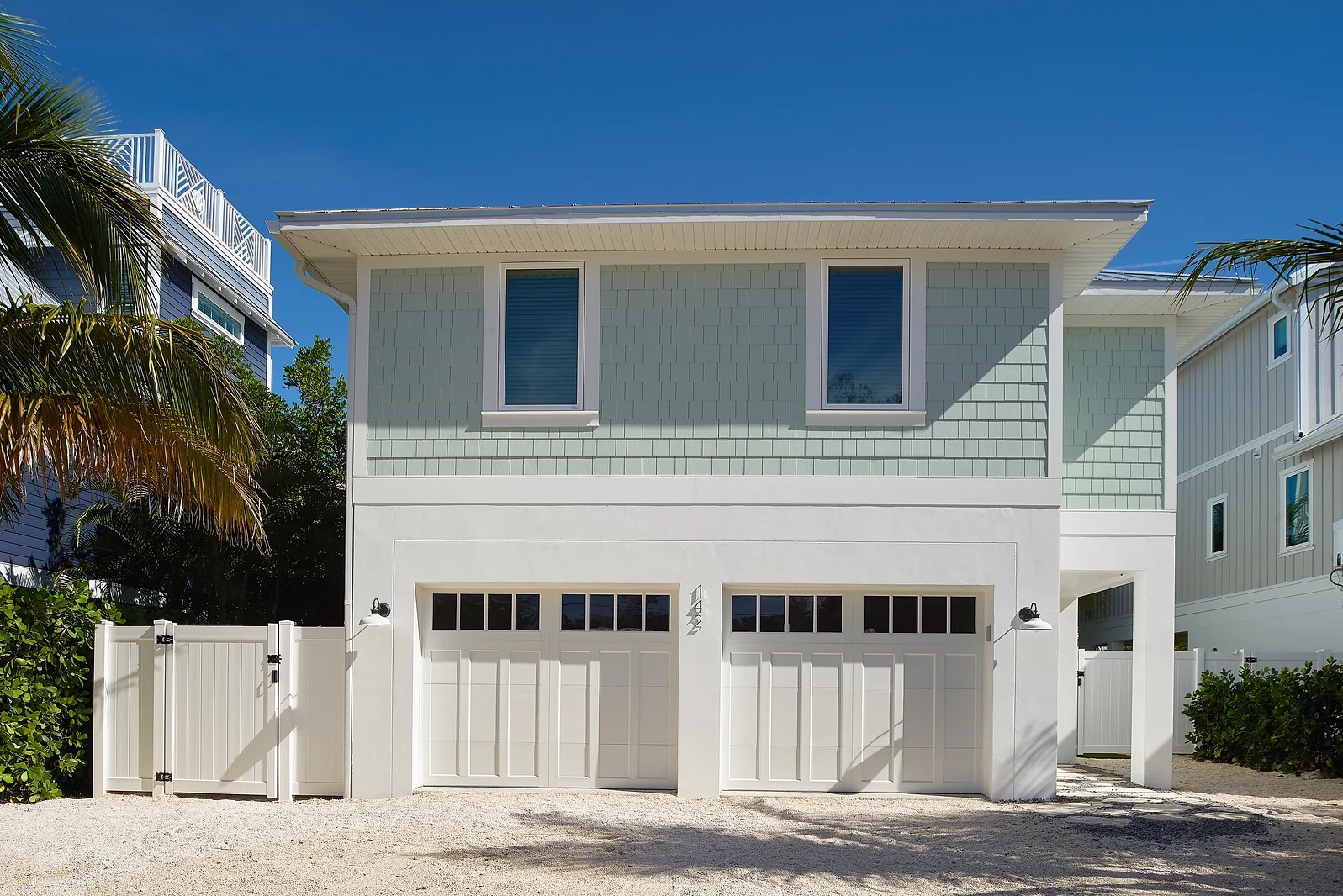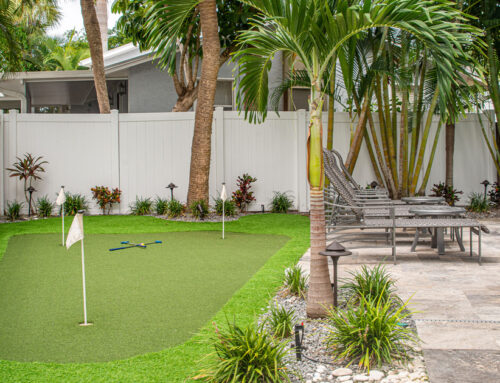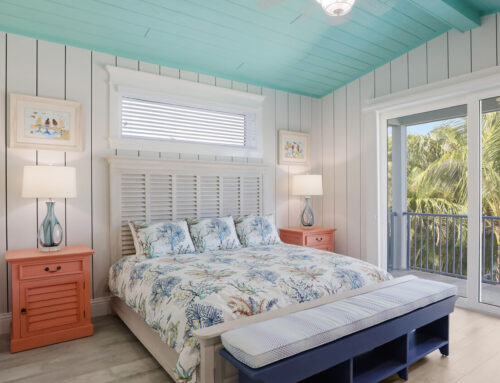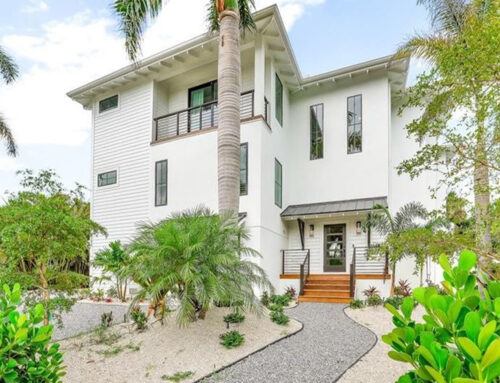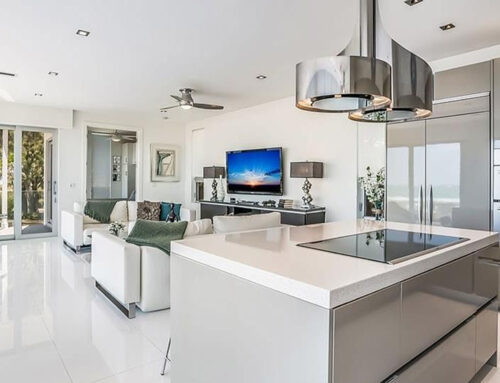Sarasota boasts some of the most beautiful beaches in the country – in fact, Siesta Key Beach often tops the list. The beach is renowned for its powder-soft, pristine white sand that never gets hot. The sand, made of quartz, fills an expansive beach that leads to calm turquoise waters and offers spectacular sunset views. While Siesta Key’s public beach gets the attention, the waterfront stretches from Casey Key to Longboat Key are all beautiful in their own right. Unsurprisingly, prospective homeowners looking to build a new home in Florida gravitate to these areas. Still, there are definitely details to consider when building a beach home on the Gulf of Mexico.
Insurance Concerns
First and foremost, it is essential to note that many insurance companies will no longer write new residential policies along the Florida coastline. Finding insurance may be problematic. While insurance is not required for purchasers paying cash for their home, anyone with a mortgage may have to get creative when looking for homeowner’s insurance coverage.
Speaking with an insurance broker before building your home is recommended if insuring the house is desired.
Protective Structural Features of a Beach Home
Building a custom home allows homeowners to design a floor plan and aesthetic that reflects their personal preferences. However, when building along the Gulf Coast, local building codes typically require some necessary features.
Elevation and Flooding: Siesta Key and surrounding areas sit virtually at sea level, and roads and yards can flood even without the landfall of a named storm.
Being at sea level means that there is little to stop the water flow should flooding occur. Because of the likelihood of flooding in these areas, local building codes have been established to ensure that new construction is resistant to water events. Florida has established and published Coastal Construction guidelines (CCCL) for the construction and renovation of waterfront homes. While some areas differ in their regulations, some general rules have been adopted in most areas. These include:
- A proposed residential structure must be located as far landward as possible
- The structure plans cannot advance an existing line of construction
- The home must be elevated above the calculated storm surge associated with a 100-year storm event.
- The structure must be built on pilings with ground-level walls constructed of breakaway material.
According to the Florida Building Code, construction details are regulated through county and municipality building permits.
Wind Protection for a Beach Home: Most Floridians understand the need to protect windows, doors, and openings against high winds and severe storms. Florida building codes will dictate the necessary ratings for all windows, but most homeowners will go further and protect their homes with hurricane shutters of some kind. While homes on the mainland may still utilize panels for each window, many new construction homes on the water have chosen electric roll-down shutters that can completely surround the house with the flick of a switch. These shutters can also protect windows when the owner is not in town, as the constant exposure to sea air and salt can build up on windows. (This is something to consider when designing floor-to-ceiling glass panels facing the Gulf.)
In a future blog, we will discuss some of the more aesthetic details to consider for your beach home.
A Sarasota Architect Can Help
Having to worry about local ordinances and restrictions shouldn’t put a damper on your excitement for building a beautiful Sarasota beach home. If you are dreaming of a waterfront property, call JTL Studios today. We will combine your design and style vision with the practicality of local regulations – resulting in a home that you will love and that will be resistant when the storms inevitably come.

